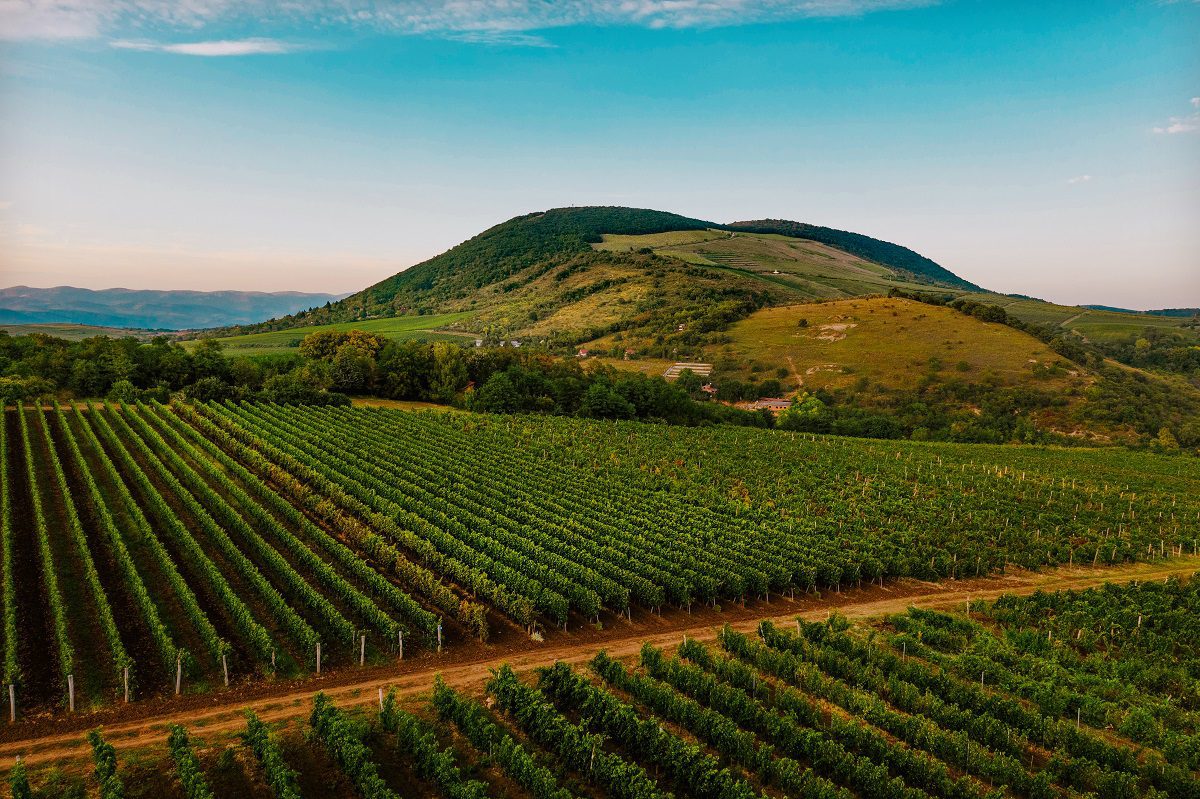New products
Showing 31–60 of 68 results
Showing 31–60 of 68 results

White and red, dry and, to a lesser extent, sweet, Eger has made them all its own. Landscape, real culture, engrossment and touring, all in one place, in Eger. Viticulture was already of economic importance in the eraly 1000s, when lands were donated the whole county’s wine tithe to the bishopric to aid the expansion of viticulture. Eger kept its leading part in winemaking throught centuries, but was also prone to heavy volumization of the communist era, which left a certain mark on the regions wines. Since the democratic change of the country Eger renowed its fame and now home of Hungary's great white and red blends with Egri Bikavér on its flag. the district is located in northern Hungary, on the southern slopes of the Bükk Mountains with 5732 hectares under wine. The soils are very varied and include limestone, dolomite, schist, rhyolite tuff of volcanic origin, gravel to the south and marsh sediment. Its climate is similar to that of Mátraalja, with spring coming quite late, followed by a relatively short growing season. The Eger climate is one of the coolest in Hungary, with an average annual temperature of 10.1°C.. Hence, it the home of well-retained primary aromas and refreshing acidity. Grapes are grown on varied soils, resulting in considerable stylistic differences. So, knowledge of the terroir characteristics that have played a role in the development of the “Eger wine style” is as important as the varieties that are at home here. Looking at white wines, there are two different styles that complement each other. On the one hand, many producers make lean, dry, primary fruit-driven wines with high acidity, while others produce wines from high-quality varieties that are matured in oak, have higher alcohol and are maybe bottled with a touch of residual sugar. The rich aromatics makes the former appealing, while the latter are appreciated for their full-bodied, fleshy structure and oily smoothness.The creation of the “Egri Csillag” category in 2011 was to enable producers to showcase the capabilities of Eger’s terroir in the case of white wine. Egri Bikavér appeared in Hungary at the end of the 19th century. Following the reconstruction of the vineyards following phylloxera, Kékfrankos, then known as Nagyburgundi, was blended with Oportó and Kadarka to create a full-bodied blend with high alcohol. The real champion of this brand was Jenő Grőber, who also added Medoc Noir to the blend to increase the wine’s body. Good marketing and careful quality assurance have made this one of Eger’s, and even Hungary’s, best-known wines, which was highly esteemed around the world until World War II. It is regrettable that the last 50 years have given this otherwise laudable brand name a good battering.